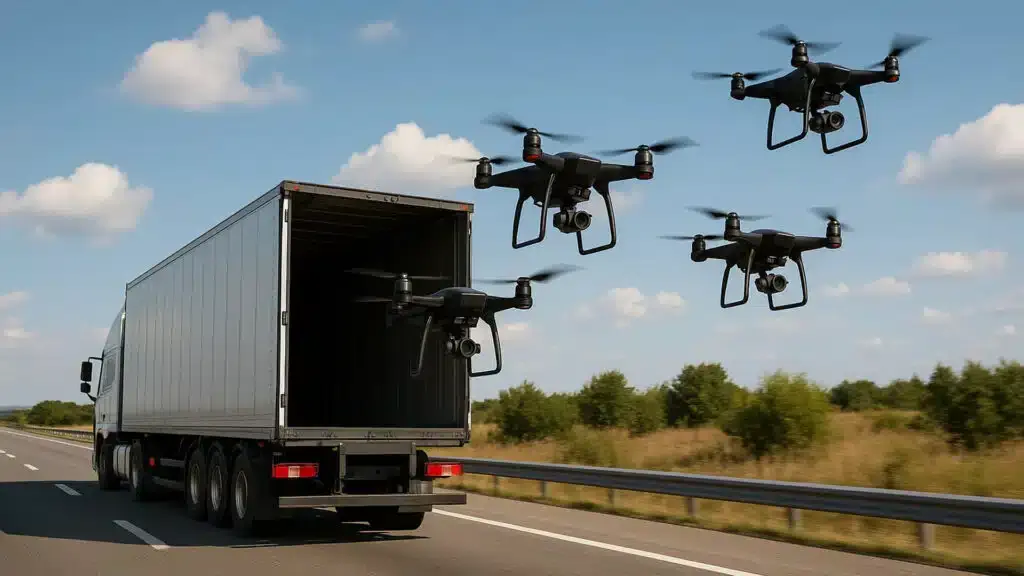
Most people buy satellite TV subscriptions or newspapers basically for entertainment. As people witnessed only a few days ago, with TV channels going into frenzied hyperdrive in spewing utter nonsense, the news is deliberately sensationalised to suit the low intellectual level and palate of viewers. The June 1 Ukrainian drone attack on Russian airbases was a classic example.
The Sensational Attack As Claimed
We are told that in an audacious attack that was planned for over a year and a half, Ukraine carried out large-scale drone attacks on multiple Russian air bases, including one in Siberia which was some 4,000 km away from the frontlines. Under its ‘Operation Spider’s Web’, a swarm of Ukrainian drones were unleashed on June 1 that attacked at least five military airbases deep inside Russia’s borders and left some 41 bomber aircraft in flames.
Sources say specialised FPV drones were smuggled into Russia, along with mobile wooden cabins. The cabins were carried by trucks with the drones hidden inside. The cabin roofs opened remotely – and then the drones took off, zoned in on the nearby bases to precisely mount the attacks.
Let us critically examine the claims.
Media and Social Media Reporting on the Incident
The highlights of the covert operation as claimed include:
Extensive Planning and Preparation: Reports claim the operation was meticulously planned over 18 months, personally overseen by Ukrainian President Volodymyr Zelenskyy and SBU head Vasyl Maliuk.
Smuggling Drones: The SBU allegedly smuggled first-person-view (FPV) drones into Russia, hidden in wooden sheds or mobile cabins with remotely operated roofs, transported on trucks to areas near the targeted airbases. Are we to believe that nobody became suspicious even when they were physically moved all over Russia up to 4000 km away?
Execution: On June 1, 117 drones were launched from these trucks, targeting airbases in Murmansk (Olenya), Irkutsk (Belaya), Ivanovo, Ryazan, and possibly Amur. The drones reportedly struck Tu-95, Tu-22M3 strategic bombers and A-50 surveillance aircraft.
AI-Enabled Drones: Some reports claimed the drones used advanced guidance, possibly AI, to target vulnerable parts of aircraft, such as engines or fuel systems maximizing the damage.
Damage Claims: Ukraine claims over 40 aircraft were hit, with 34% of Russia’s strategic cruise missile carriers damaged or destroyed, causing $7 billion in losses.
Sensational Details: Zelenskyy claimed the operation’s “office” was next to Russia’s FSB headquarters in one region. Imagine that bullshit! Social media amplified the narrative, with videos (digitally altered or AI-generated DeepFake) of drones rising from trucks and fires at airbases.
The coverage paints a picture of an extremely daring operation that would put the entire fraternity of Hollywood’s secret operatives like James Bond, Ethan Hunt (Tom Cruise) and John Rambo et al to shame. Sorry, dears, real life is different from reel life.
Doubts on Plausibility of Smuggling Drones
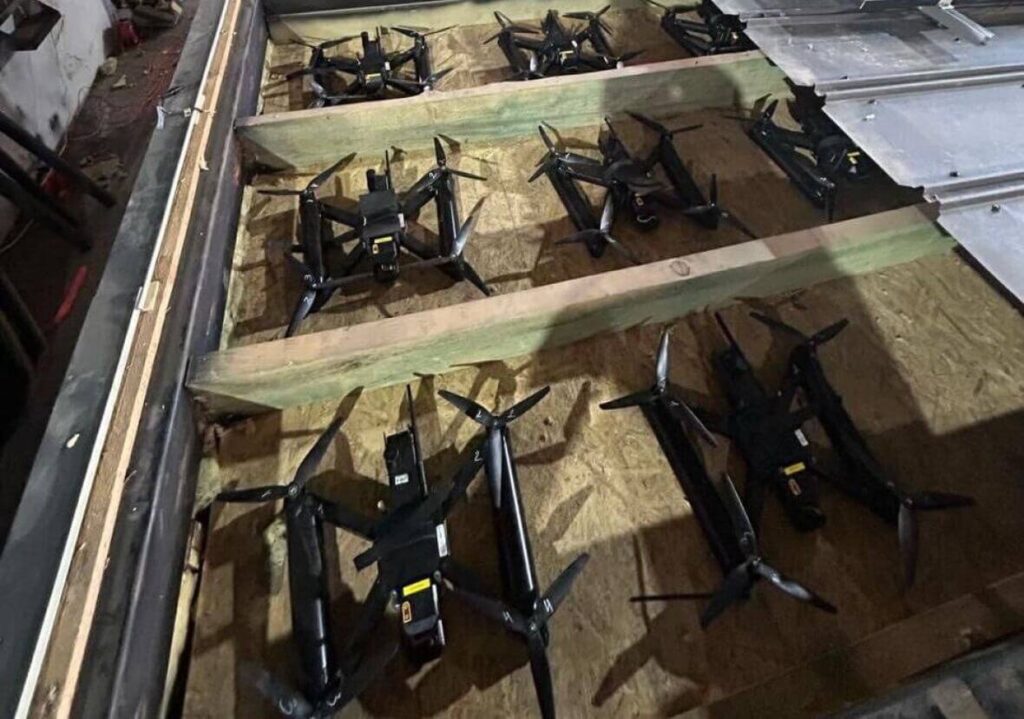
Border Security: Russia’s border with Ukraine is heavily militarized, with surveillance, patrols, and electronic monitoring. Smuggling dozens or hundreds of drones, along with sheds and trucks, across this border undetected for over a year is an insult to the intellect. Russia’s FSB and military intelligence are known for rigorous border control, especially during wartime.
Logistical Challenges: FPV drones, even small ones, require components like explosives, batteries, and control systems. Smuggling enough to form a “swarm” (117 drones, per Zelenskyy) would involve significant logistics—vehicles, personnel, and storage sites. Setting up sheds or cabins near airbases, especially in remote regions like Irkutsk (4,300 km from Ukraine), would require local operatives or collaborators, which increases the risk of detection.
Russian Intelligence: The FSB and GRU are formidable, with extensive networks to detect penetration. The claim that Ukraine operated undetected for 18 months, even placing an “office” near an FSB headquarters, is highly improbable without insider complicity or gross Russian incompetence, neither of which has been well-evidenced ever in the past. Smuggling drones in such numbers and maintaining operational secrecy for 18 months is close to impossible. The narrative is designed to amplify the underdog Ukraine’s ingenuity, possibly exaggerating the covert nature of the operation.
More Plausible Scenarios: It’s possible the drones were assembled or sourced within Russia (e.g., through black-market purchases or local sympathizers), thereby eliminating the need for cross-border smuggling. However, this still requires a covert supply chain and safe houses near strategic targets. This is logistically complex and risky.
How Could Russian Air Defences be Caught Napping?
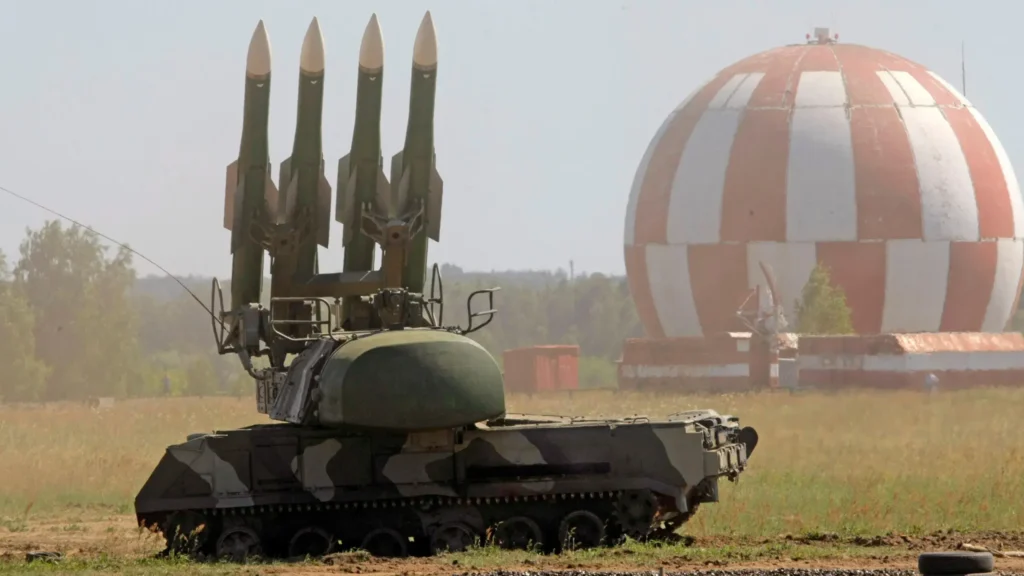
The claim that Russian air defences failed to detect or counter a swarm of drones is utterly dubious.
Detection Likelihood: Modern air defence systems, including Russia’s, use a combination of radar, infrared, and electronic surveillance to detect low-flying, slow-moving FPV drones. A swarm of 117 drones, even if launched from trucks near airbases, would generate a very easily detectable signature—radio signals, heat, or even visual sightings.
Response Time: Russian airbases, especially those housing strategic bombers, are high-priority targets protected by layered defences. Even if drones were launched from nearby (say, within 10-20 km), air defences would have enough time to react, as FPV drones typically travel at only 50-100 km/h. The claim that defences were entirely bypassed is bullshit.
Historical Precedent: Russia has intercepted Ukrainian drones before, including 91 near Moscow in March 2025 and 296 across multiple regions on May 28, 2025. This proves their robust detection capabilities, making a total failure on June 1 unlikely.
In the worst-case scenario, some drones could evade initial detection due to low-altitude flight or electronic countermeasures. But a complete failure of Russia’s air defences across multiple regions is pure crap.
Russia’s Air Surveillance and Defence Systems
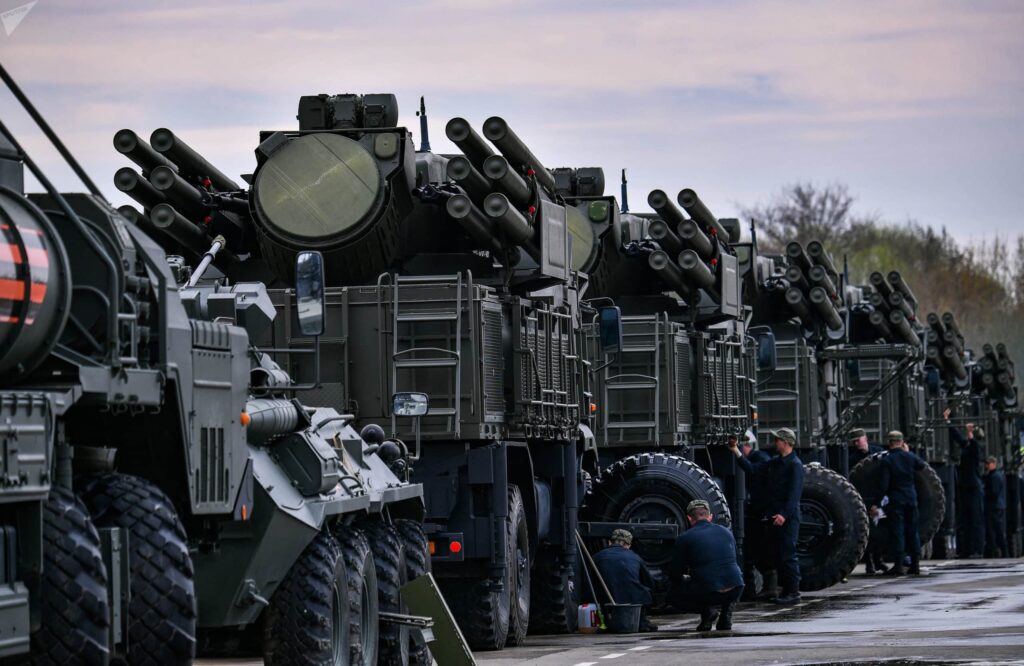
Russia’s air defence systems are among the most advanced globally, designed to protect strategic airbases. They include:
Radar Systems:
Nebo-M: A long-range, 3D radar capable of detecting small, low-flying targets like drones at ranges up to 600 km. Deployed near strategic sites, it can track objects with small radar cross-sections.
Kasta-2E2: Optimized for low-altitude targets, effective against drones at ranges up to 150 km.
Voronezh-M/DM: Early-warning radars with ranges up to 6,000 km, though less relevant for small drones, provide strategic situational awareness.
Air Defence Systems:
S-400 Triumph: Can engage targets at 400 km, including low-flying objects, with missiles like the 9M96 designed for precision against small targets.
Pantsir-S1: A short-range system combining radar, missiles, and 30mm autocannons, ideal for countering drones—deployed at airbases like Olenya and Belaya.
Tor-M2: Mobile, short-range system effective against low-flying threats, with rapid reaction times.
Electronic Warfare (EW):
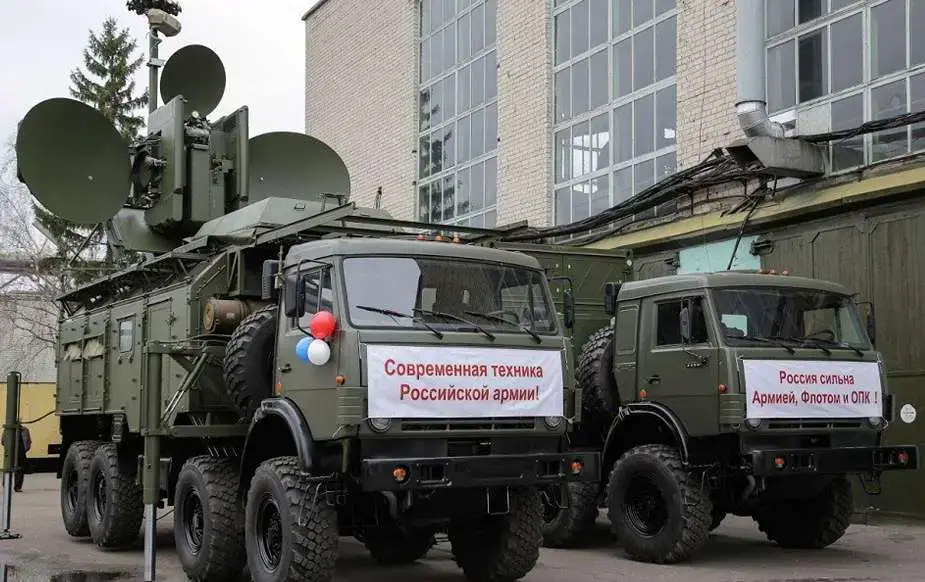
Systems like Krasukha-4 and Repellent-1 can jam drone control signals, disrupt GPS, or spoof navigation, rendering FPV drones inoperative. Russia has used EW extensively in Ukraine, neutralizing drones by disrupting their command links.
Base-Specific Defences: Strategic airbases including Olenya (Murmansk) and Belaya (Irkutsk) are fortified with layered defences, including radar, Pantsir systems, and ground security. These bases house nuclear-capable bombers, making them priority targets for protection.
Russia’s air defences are extremely robust, with overlapping radar and missile systems designed to counter the full spectrum of threats emanating possibly from a mighty foe like the USA. A swarm of slow-moving Ukrainian FPV drones would be detected, engaged and despatched to oblivion in no time.
Undetected Drone Swarms

The claim that visible drone swarms went undetected is implausible.
Visual Detection: FPV drones, often quadcopters, are noisy and visible, especially in daylight. Ground personnel or civilians near airbases would likely notice them, as seen in videos of drones launching from trucks.
Surveillance Systems: Russia’s airbases use sensors and radars. A swarm of 117 drones would generate significant heat and noise, making detection likely.
Even if initial detection was somehow delayed, Russia’s layered defences (Pantsir, Tor, EW) should have engaged the drones. The Russian Ministry of Defence admitted fires at Murmansk and Irkutsk but claimed other attacks were repelled, suggesting successful defensive action.
Countering Slow-Flying Drone Swarms
FPV drones, being slow and visible, are vulnerable to multiple countermeasures including:
Signal Jamming: Systems like Krasukha-4 can disrupt drone control signals, causing them to crash or lose guidance. Russia has deployed such systems extensively.
Anti-Aircraft Guns: The old, venerable ZU-23-2, a 23mm twin-barrelled autocannon, is effective against low-flying drones, with a range of 2-3 km. Similar systems are standard at Russian airbases.
Small Arms: Even shotguns or small-calibre weapons can down FPV drones, which are typically lightweight (1-5 kg) and unarmoured.
Man-Portable Systems: Russia’s Verba MANPADS can target low-flying drones with infrared-guided missiles, effective at short ranges.
Slow-moving drone swarms are highly vulnerable to basic countermeasures. Russia’s failure to employ these, especially at strategic airbases, is difficult to believe without evidence of systemic failure or sabotage.
Could They Strike Prized Assets Like Heavy Bombers?
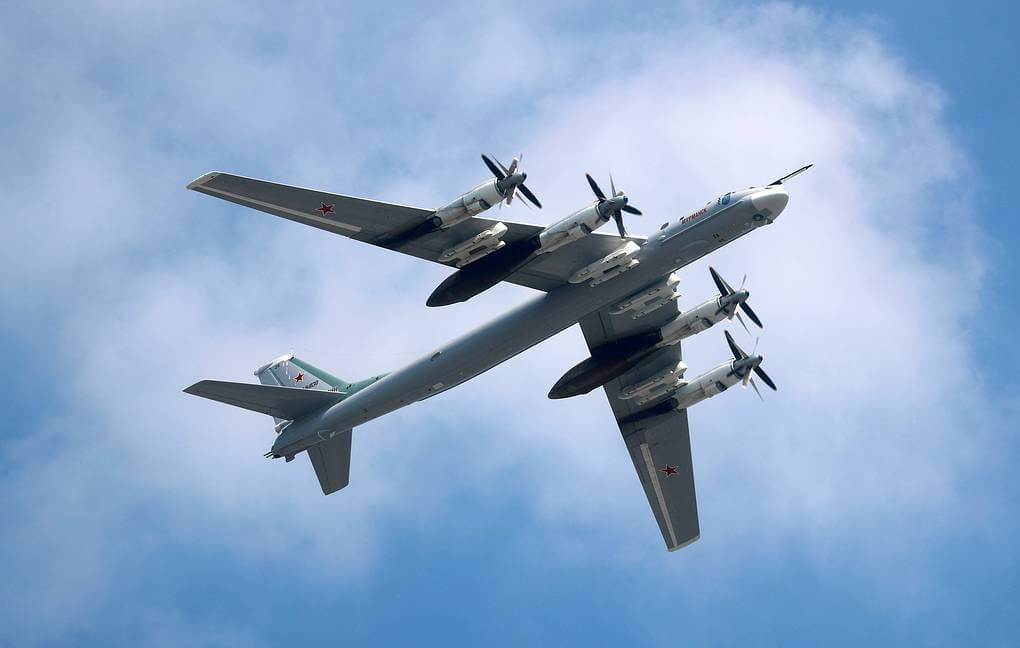
Strategic bombers like the Tu-95 and Tu-22M3 are high-value assets, typically guarded by layered defences. Russia’s air force operates around 60-70 Tu-95s and fewer Tu-22M3s. Losing 34% (as claimed) would mean 20-25 bombers destroyed, a catastrophic loss that would prompt a swift and major response.
Feasibility: Coordinating simultaneous attacks remotely on multiple airbases, some 4,300 km from Ukraine, requires extraordinary logistics and precision, which is currently not possible for any country.
How Aircraft Could Be Caught in the Open
The claim that strategic bombers were caught in the open is plain and simple bullshit. High-value aircraft like Tu-95s are typically stored in hangars or hardened shelters, especially during wartime, to protect against weather, sabotage, or attack. Russia’s airbases, particularly those housing nuclear-capable bombers, cannot fail to follow this universal protocol.
Small Drones vs. Hardened Shelters
FPV drones’ limited explosive payloads make them ineffective against hardened shelters.
Payload Capacity: FPV drones typically carry 1-3 kg of explosives, sufficient to damage exposed aircraft components (e.g., engines, wings) but not to penetrate reinforced concrete shelters, which require, at the very least, precision-guided munitions like the USA’s 130 kg GBU-39 Small Diameter Bomb (SDB), with a 93 kg warhead, and usually much bigger bombs. And, FYI, Ukrainian drones don’t carry this.
Damage Potential: Even if FPV drones hit aircraft caught in the open, their small payloads would cause localized damage (e.g., to engines or fuel tanks) rather than destruction. The $7 billion damage estimate suggests catastrophic losses, which is simply inconsistent with FPV drone capabilities—outrageous, indeed.
Real Life is not a Cheap Techno-Thriller.
The operation’s description—covert smuggling, hidden drones, and precise strikes—reads like a cheap techno-thriller; not even a good one like Tom Clancy’s. The Ukrainian claims rely on improbable logistics and undetected execution, which strain credulity. The “Spider’s Web” codename and Zelenskyy’s dramatic statements scream theatricality. The sensationalized framing suggests deliberate storytelling to maximize impact, undermining the claims’ credibility.
Could FPV Drones Ever Defeat Mighty Russia?
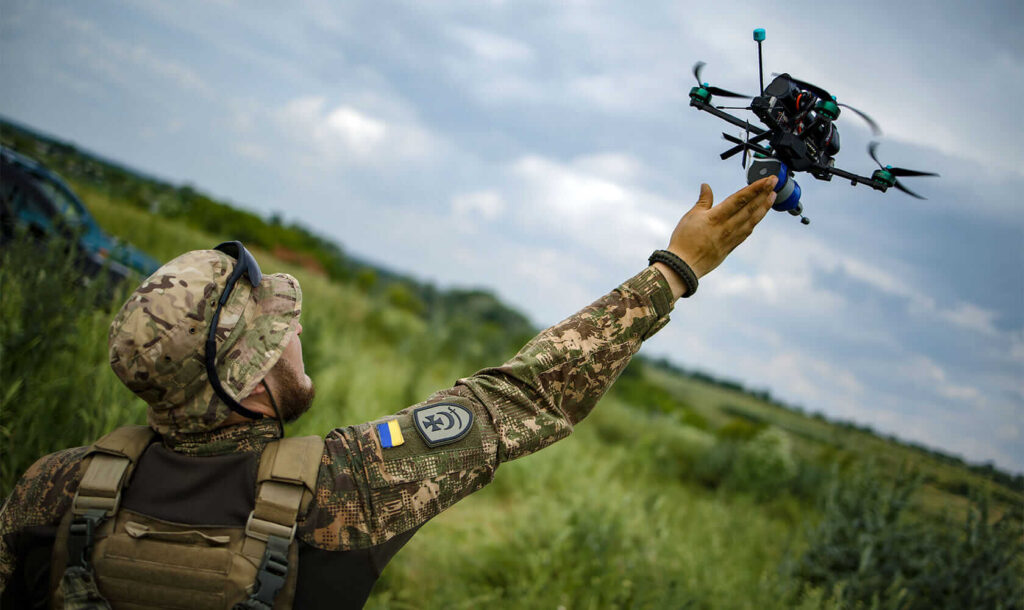
The idea that FPV drones alone defeated Russia’s strategic bomber component of the air force is outrageous, to say the least. These drones are effective for tactical strikes (e.g., against vehicles or personnel) but lack the payload and range to destroy hardened targets or large aircraft comprehensively. Had I been writing in Hindi, I would have said, “Hosh ke nakhoon lo, miyan!”
Russian Resilience: Russia’s air force has weathered previous Ukrainian attacks, including drone strikes on airbases in 2024. The claim of making them lose 34% of their strategic bombers to FPV drones would be a historic defeat, inconsistent with Russia’s defensive capabilities. FPV drones could, at best, cause localized damage, but their ability to cripple Russia’s air force is overstated. The narrative feels like a fantasy, not reality.
Lack of Russian Retaliation
Russia’s Ministry of Defence acknowledged fires at two airbases but claimed other attacks were repelled, with no casualties and some perpetrators detained. This suggests very limited damage. Russia’s muted response undermines the claim of catastrophic losses. Losing 40+ strategic bombers, including Tu-95s and A-50s, would be a bloody real cause for immediate major escalation, likely prompting immediate, severe retaliation (e.g., missile barrages or airstrikes). Russia’s largest aerial attack on Ukraine the same night (472 drones, seven missiles) was significant but not disproportionate to prior patterns. The absence of a massive Russian retaliation strongly suggests that Ukraine’s claims are exaggerated.
Media Remains Dumb All Over the World
Russia’s military technology and strategic culture must never be forgotten. Russia’s technical capabilities make a total defensive failure not unlikely but simply impossible. Russia’s air defences, intelligence, and strategic aviation are among the world’s best. The S-400, Pantsir, and EW systems are designed to counter drone threats, and airbases are heavily guarded. The global media’s acceptance and amplification of Ukraine’s claims without rigorous verification reflects a lack of critical analysis, driven by their well-known sympathy for Ukraine.
Ukraine can conduct drone strikes, as seen in prior attacks (e.g., Kursk, January 2025). Some drones might have reached airbases, causing limited damage. The claims of smuggling 117 drones, striking 40+ aircraft, and causing $7 billion in damage are unadulterated bullshit given Russia’s defences, the logistical challenges, and the lack of independent verification. The operation’s sensational framing, timed before peace talks, is nothing but a propaganda effort to boost Ukrainian morale and pressure Russia diplomatically.
The narrative fails the acid test of reasonability due to logistical implausibility, Russia’s robust defences, and the absence of corroborating evidence. It’s a propaganda-driven story that insults critical reasoning.
Ukrainian Claims Scream a Psyops
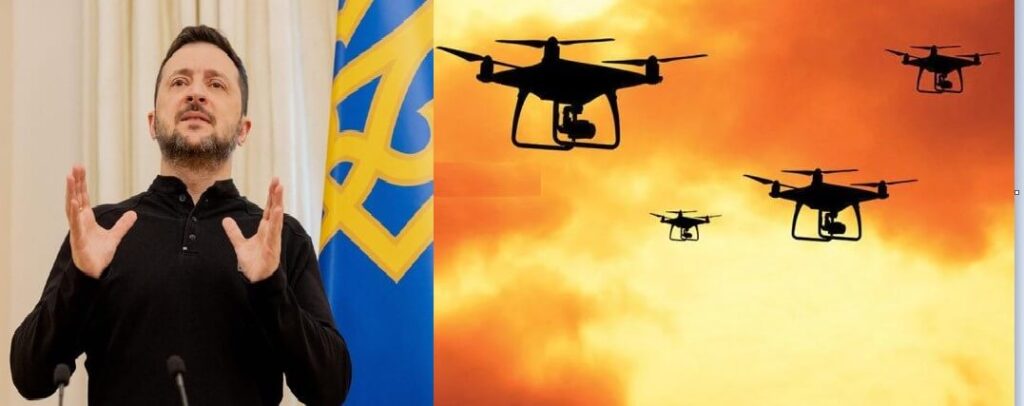
The operation’s sensational narrative suggests a psychological operation (psyops). The timing, just before peace talks in Istanbul, and Zelenskyy’s public boasting (e.g., about the “office” near FSB headquarters) indicates a goal of boosting Ukrainian morale and projecting strength to international audiences. The lack of visual evidence from the Institute for the Study of War also casts serious doubts on Ukrainian propaganda. Western and Ukrainian media outlets (e.g., BBC, Reuters, CNN etc.) reported the SBU’s claims with practically no independent verification, relying on unconfirmed videos (most probably digitally altered or AI-created) and statements.
The Ukrainian psyops exaggerating the scale and success is designed to undermine Russian morale and influence peace talks. Some drone strikes may have occurred as they have been occurring in the past too, but the narrative is outrageously embellished. The entire episode is acutely reminiscent of the Russian psyops in November 2024 when they rattled the whole world by claiming an ICBM strike on the Ukrainian city of Dnipro—their digitally altered or AI-generated videos swamped social media and spooked everybody. As it turned out, it was a missile with a dummy warhead and there was practically no damage on the ground.


Sir what an enlightening article. Thanks alot for sharing such great piece of work and burst the myths created by sensation hungry media and social media channels. I will eagerly waiting for your future articles on these highly technical issues. Regards
Excellent analysis and most plausible commentary